Japanese Palmate Maple Care
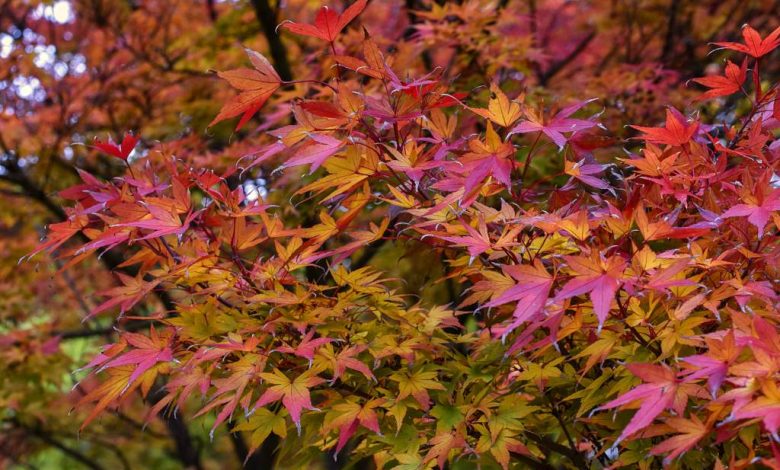
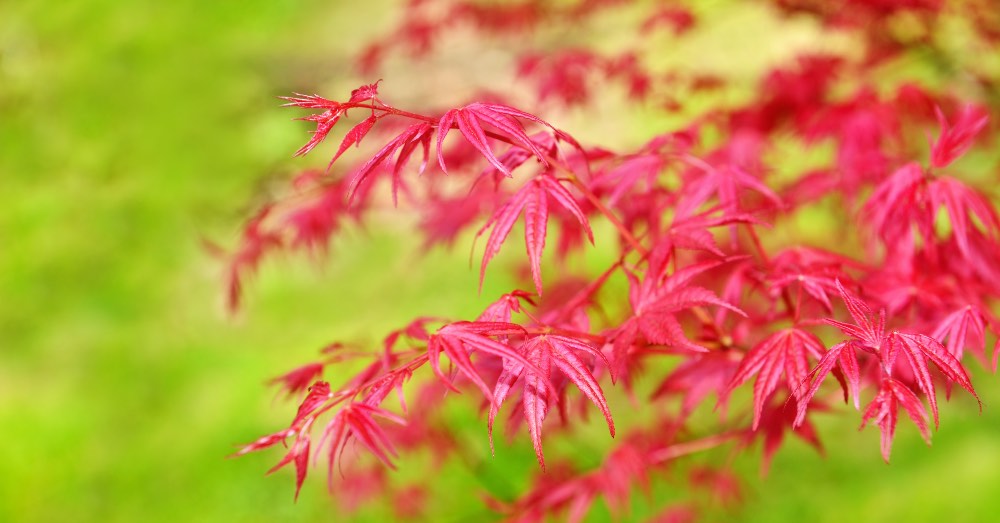
It is probably one of the most demanded trees by gardening lovers. And it is perfectly logical. Beyond its incredible presence, capable of attracting all eyes, the care of the Japanese palmate maple is extremely simple. Two factors that, together with its characteristic rusticity, make it one of the favorites both for designing a garden and for growing in pots. Because that is precisely another of its benefits: enjoying it does not necessarily mean planting it in the ground.
Falling madly in love with this small tree is inevitable. The Acer Palmatum, botanical name, has leaves that resemble the fingers of a hand and end in a point. But, as attractive as this peculiarity is, the true beauty is discovered with the arrival of the autumn months. A moment in which it acquires a color between red and purple that gives way to the loss of leaves typical of winter.
Whatever the reason, Japanese palmate maple care is worth learning about. Some that manage to finish convincing us, if we were not already! to include it among our plants.
7 JAPANESE PALMED MAPLE CARE
Although its name might lead us to believe that it is an exclusively Japanese plant, this is not the case: it can also be found in its natural state in Korea. Both in one territory and in another, it grows with a common denominator: in the highlands. A detail that already gives us an idea of how the Acer Palmatum can be cared for in terms of temperature and even light needs.
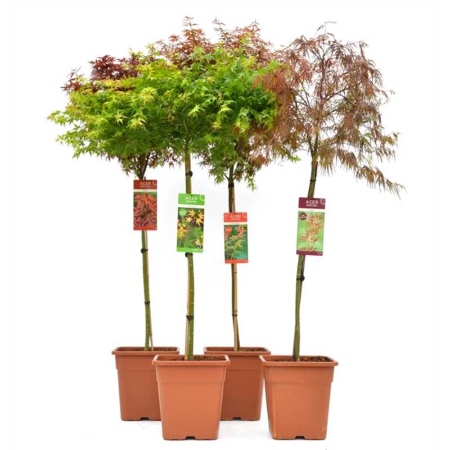
Apart from this, there is another important detail to take into account. The Japanese palmate maple is not a large tree. Even planted directly in the ground, it does not usually exceed six meters in height. A size that more than compensates with the shape of its cup, with a feathery and rounded character. It is probably because of this detail of its morphology that it is one of the most cultivated trees in the world of bonsai.
So let’s see how to grow this precious tree. One that will require us rather little to grow and display all its beauty. Of course: we must bear in mind that the care of the Japanese palmate maple has small nuances depending on where it is grown. Some that should be properly attended to for the good of the plant.
1. The type of soil, important for the development of this ornamental tree
Unlike other outdoor plants, the Acer Palmatum is picky about the soil. On the one hand, you have to consider that it demands to be planted in fresh soil. But it is not the only requirement: it needs a low pH of between 4 and 6. Something that forces, among the different types of substrates, to use one for acidophilic plants whether we grow in soil or in a pot. If we plant it directly in soil, it is essential that it is not calcareous. If it is, we will have to correct it so that it has the acidity it needs.
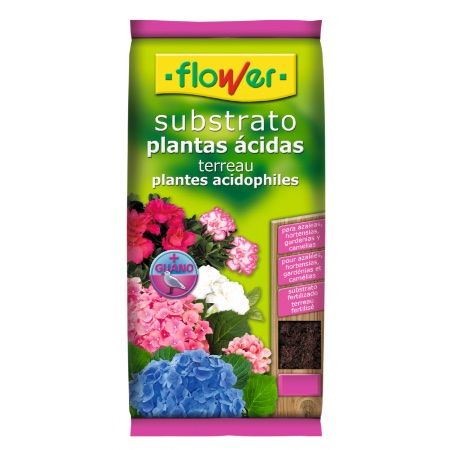
Beyond this aspect, it is essential to consider that it is one of those trees that requires good drainage. Something that, especially in pot cultivation, we will have to watch closely.
2. Location, one of the most important Japanese palmate maple cares
A detail that we will have to take great care of. The Japanese palmate maple does not support direct sun, as its leaves do not tolerate heat. For that reason, and especially if we live in a warm climate, the ideal is that we plant it in a place where it receives light but can be cool.
In addition to this, it is also important to avoid windy places especially when it is young. Especially if it is planted in the ground, an excess of wind can break its branches.
3. The temperature, an aspect that we can not worry about
Unlike other trees, such as citrus, the Maple Palmatum supports rigorous frosts of up to minus 10 degrees. What’s more: it needs that cold to be able to regrow properly with the arrival of spring. So unless we live in a very extreme climate, we won’t have to worry about it in the winter months.
But just as it is highly tolerant to cold, it is not tolerant to heat. Therefore, if the summers of the place where we live are very rigorous, we will have to ensure good hydration.
4. Irrigation, frequent but not excessive
It is probably the most demanding care of this wonderful tree. And we say this because the Acer Palmatum does not tolerate drought. But it is not the only peculiarity: it also demands to be irrigated with rainwater or, failing that, acid water.
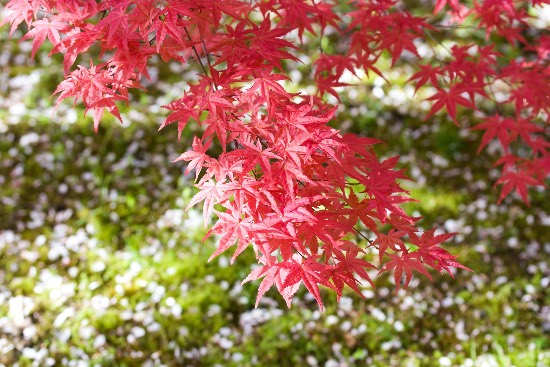
Regarding the irrigation pattern, we will have to adjust it to the time of year. The ideal is to water between two and three times a week, reaching a maximum of four irrigations in the hot months. Be very careful: in the same way that it does not tolerate drought, it does not support waterlogging either.
For the tree to develop properly, fertilize it during the spring and summer. The fertilizer used must be specific for this type of plants. When in doubt, see a professional.
5. The transplant, always at the beginning of spring
Transplanting a Japanese palmate maple must be done at a specific time. It is important that we carry out this task at the beginning of spring, before the tree begins to sprout and whenever there is no longer a risk of frost.
If we have our tree in a pot, we will have to transplant it every two years to a slightly larger pot. And no, we can’t let it go: if the substrate becomes caked over time and watering, it will most likely suffocate the roots of our maple.
If the idea is to transplant it to a definitive place in the garden, we will also have to take advantage of that time of year. And not only that. Beyond knowing how to transplant a plant correctly, we will have to thoroughly prepare the ground. Not only will we have to make a hole wide enough for the root ball to fit well. In addition, we will have to fill it with substrate for acid plants.
6. Composting, one of the palmed Japanese maple cares to be carried out annually
If we want our tree to grow properly, it is essential that we nourish it with the arrival of spring. But not only that: for the fertilizer to do its job correctly, we will have to extend its application during the summer as well.
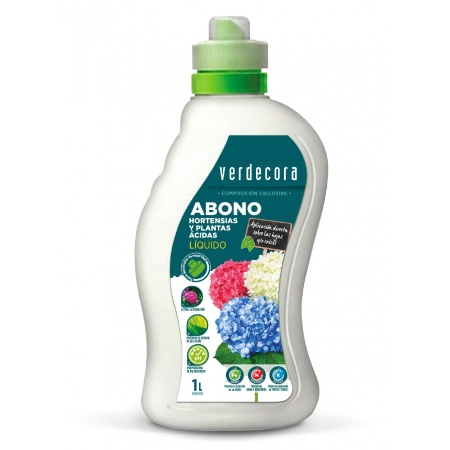
Just as important as complying with this regularity is correctly choosing the type of fertilizer. Given its characteristics, the ideal is one specific for acid plants. Only in this way will we nourish our maple in the proportions it demands without altering the composition of the soil.
7. Pests, the last care of the Acer Palmatum
Since we are talking about an incredibly rustic plant, its resistance to pests is high. However, let’s not get confused. If we do not grow our tree correctly, it is more than likely that pests will make an appearance.
If you have excess moisture, you may be affected by fungi or cottony mealybug. If, on the other hand, the environment is dry, we could find aphids and red spiders.
And taking these care of the Japanese palmate maple into account, all that remains is to enjoy its incredible green appeal in the warm months and red with the arrival of autumn.

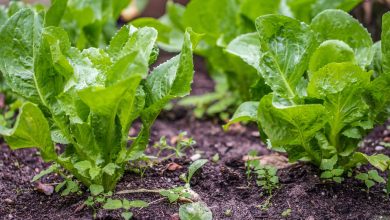

![Photo of Pests and Diseases of Bananas: [Detection, Causes and Solutions]](https://www.complete-gardening.com/wp-content/uploads/2022/08/pests-and-diseases-of-bananas-detection-causes-and-solutions-340x220.jpg)
![Photo of Carambolo: [Cultivation, Irrigation, Care, Pests and Diseases]](https://www.complete-gardening.com/wp-content/uploads/2021/06/Carambolo-390x220.jpg)